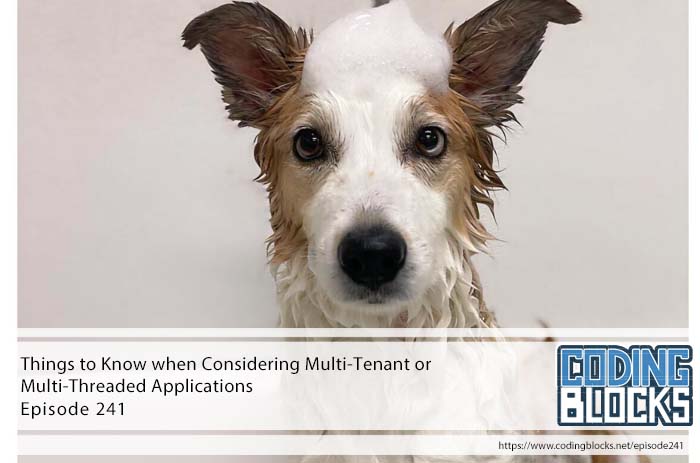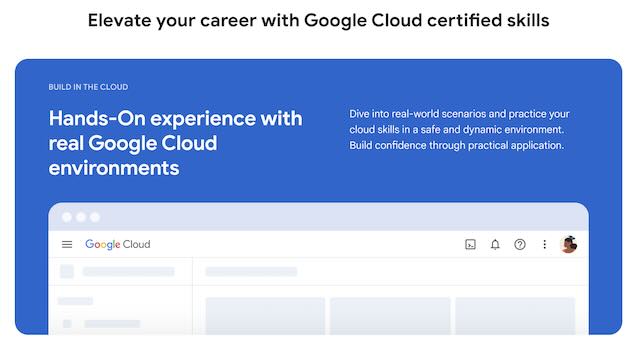
 Coding Blocks
Coding Blocks Things to Know when Considering Multi-Tenant or Multi-Threaded Applications
Sep 2, 2024
Colum Ferry, associated with Spotify, joins to discuss the critical aspects of multi-tenant and multi-threaded applications. He emphasizes the importance of data isolation to protect tenant information and robust authentication systems to ensure secure access. The conversation dives into database architecture trade-offs and the challenges of scaling with multiple tenants. Additionally, techniques for optimizing performance and monitoring are highlighted, alongside the intricacies of asynchronous programming and shared state management.
Chapters
Transcript
Episode notes
1 2 3 4 5 6 7 8 9 10
Intro
00:00 • 2min
Navigating the Complexities of Multi-Tenant Applications
01:31 • 23min
Navigating Multi-Tenant Database Challenges
24:40 • 30min
Navigating Multi-Tenancy Challenges in Software Development
54:27 • 4min
Mastering Asynchronous Programming
58:42 • 7min
Playful Trivia and Competitive Banter
01:05:50 • 18min
The Evolution of Open Source Licensing
01:24:02 • 20min
Navigating Speculative Fixes and Exploring Shapes 2
01:44:30 • 4min
Timing Code and Learning Opportunities
01:48:20 • 6min
Exploring Development Tools and Resources
01:54:29 • 4min



